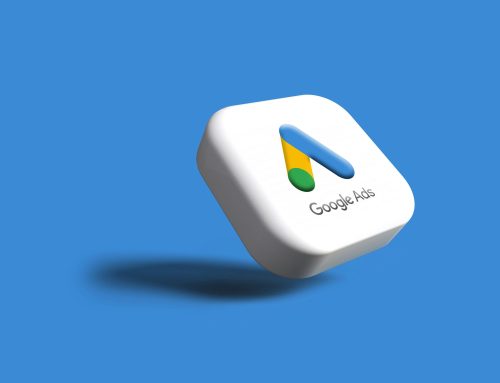In the dynamic and competitive landscape of business, one fundamental strategy stands tall: understanding your target market. Whether you’re a small business owner or an entrepreneurial upstart blazing a trail, the notion of audience comprehension is the beacon that guides product development, market positioning, and brand messaging. This guide will walk you through not just the ‘what’ of defining your target market, but the ‘how’ and ‘why’ that underpin this critical business exercise.
The Critical Importance of Target Market Definition
Before we get into the nitty-gritty of identifying your target market, it’s crucial to understand why this is integral to your business’s success. A refined target market definition not only helps you focus your efforts, but it also:
- Streamlines your marketing strategies to reach those most likely to buy from you.
- Enhances the effectiveness of your marketing efforts.
- Facilitates personalized communication, fostering customer loyalty.
- Supports product development by catering to specific needs and wants.
An undefined target market is akin to setting sail without a compass—directionless. It may be tempting to cast a wide net and hope for a bountiful catch, but the truth is that a concentrated, genuine understanding of a specific market segment can yield a higher return on investment and better long-term customer relationships.
Demographics, Psychographics, and Behaviors
The ABCs of target market definition start with understanding who your potential customers are. Demographics provide the foundational data such as age, gender, income, and occupation, among others. Yet, it’s psychographics—attitudes, interests, and lifestyles—that often paint a more vivid picture. And behavioral insights, derived from past purchasing actions, can offer a predictive look into your market’s buying habits.
To illustrate, consider these examples:
- A tech company may target middle-aged professionals (demographics) who are passionate about sustainable living (psychographics) and who have a history of purchasing high-end, innovative gadgets (behavior).
- A boutique fashion brand could focus on millennial females (demographics) with an interest in eco-friendly clothing (psychographics) and who regularly attend fashion shows (behavior).
By dissecting your target market into these three layers, you create a detailed profile that informs personalized marketing approaches and tailors products to meet specific needs and desires.
Methodologies to Gather Market Data
Your target audience is not a static entity; it evolves with time, trends, and market shifts. Therefore, the methodologies you employ to gather data must be as dynamic as your audience is. Modern businesses have access to a rich tapestry of analytics tools, market research firms, and in-house surveys that can provide deep customer insights. Here are some key methods to collect market data:
Surveys and Questionnaires
Structured surveys provide a direct line to your customers, allowing you to ask targeted questions and collect quantitative data.
Social Media and Web Analytics
Platforms like Google Analytics and social media insights offer a wealth of information about who is engaging with your brand, where they are, and what content resonates.
Competitor Analysis
Studying your competitors reveals not only who they’re targeting but also what gaps in the market you could explore.
In-Person Observations and Focus Groups
Real-world interactions can paint a more nuanced picture of how your audience behaves and perceives your products.
Crafting Buyer Personas
The culmination of your data-gathering efforts is in the construction of buyer personas—semi-fictional representations of your ideal customers. Each buyer persona should include a name, a photo, and a comprehensive profile that embodies the demographics, psychographics, and behaviors you’ve identified.
Here’s how to start developing your buyer personas:
- Segment your audience based on key differentiators.
- Identify their goals and challenges related to your product or service.
- Understand their decision-making process and what influences their actions.
By aligning your marketing strategies with the needs and preferences of these personas, you gear your business operations towards audience satisfaction and, consequently, profitability.
Applying Audience Insights to Your Business
Understanding your audience isn’t merely an academic exercise; it’s the heart of customer-centric business practices. Everything from branding to new product launches should be touched by the insights gleaned from your target market research.
For instance:
- Your market data might reveal a need for more accessible customer service, prompting the development of a live chat feature on your website.
- Understanding the social causes dear to your audience’s heart could lead to partnerships with charitable organizations, enhancing your brand’s image and appeal.
- Fine-tuning your marketing language to resonate with your personas can lead to more impactful campaigns with higher conversion rates.
By continually mining and applying audience insights, your business remains agile and responsive in a market that’s continually in flux.
In Conclusion: The Target Market, Your True North
In the turbulent waters of business, understanding your target market is the manna that sustains growth, profitability, and customer centricity. By molding your strategies, products, and communications around the needs and preferences of a specific segment of the market, you foster not just transactions but relationships.
It’s a quest worth undertaking, and it comes down to deliberate, data-driven dives into who your audience really is. It’s an evolving exploration, one that requires dedication, but the dividends it pays in terms of business agility and customer intimacy are invaluable.





